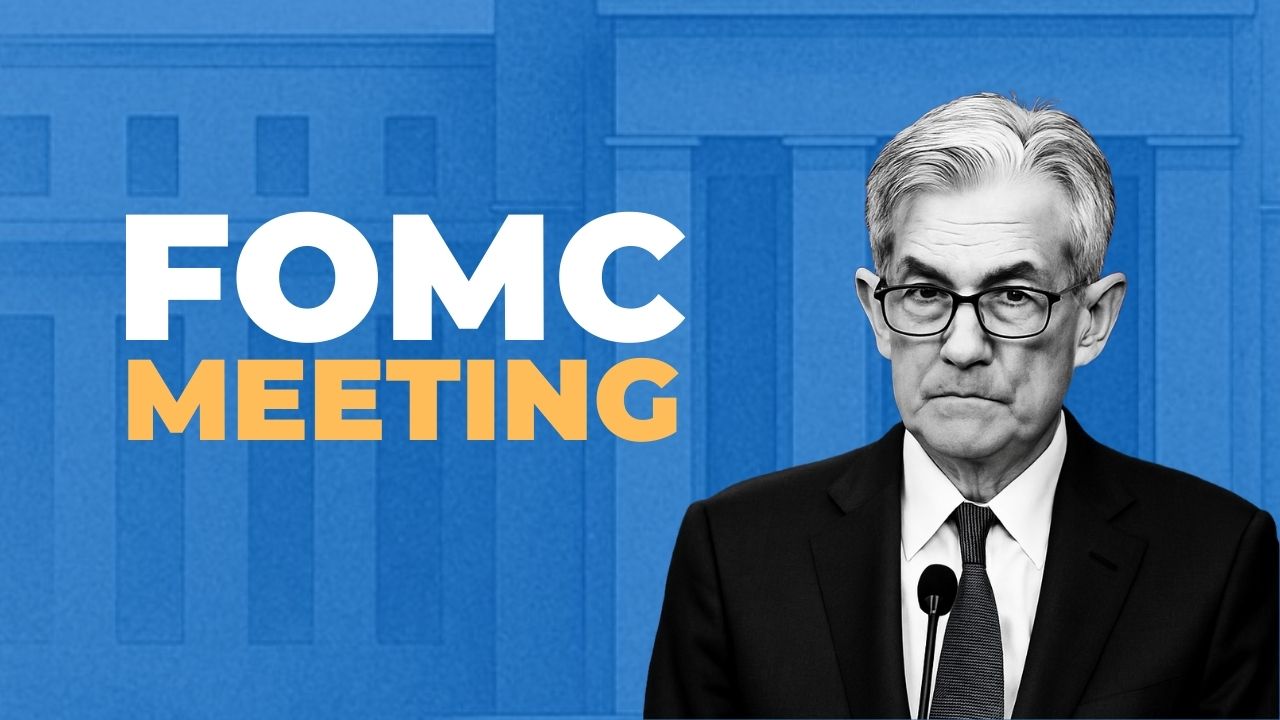The most anticipated moment for global markets is here. The U.S. Federal Reserve (Fed) will soon release its latest decision on interest rates, concluding its two-day Federal Open Market Committee (FOMC) meeting.
Traders, investors, and economists around the world are on edge, as this announcement will set the tone for the next phase of global monetary policy.
When Will the Fed Announce Its Interest Rate Decision?
Mark your trading calendars and set your alarms because the timing is crucial.
- Interest Rate Decision: The FOMC statement—which includes the decision on the Federal Funds Rate, the key benchmark for short-term interest rates—will be released at 2:00 PM Eastern Daylight Time (EDT) on Wednesday, October 29, 2025.
- Press Conference by Chair Jerome Powell: At 2:30 PM EDT, Fed Chair Jerome Powell will hold his post-meeting press conference. This half-hour session often triggers the most intense market reactions, as Powell’s tone and comments give clues about the Fed’s future direction—whether it leans toward further rate cuts or rate hikes in the coming months.

Analysts and the CME FedWatch Tool currently indicate strong expectations for a 25 basis point (bps) rate cut, which would bring the target range to 3.75%–4.00%.
Why This Decision Matters Globally?
Many wonder why a single decision made in Washington, D.C. can ripple through every major economy.
The reason lies in the U.S. dollar’s role as the world’s reserve currency and the Fed’s control over its base interest rate.
Here’s how the decision affects the world:
1. Global Borrowing Costs
When the Fed raises rates, borrowing in U.S. dollars becomes more expensive for foreign governments and corporations. A rate cut does the opposite—it reduces global financing costs, often sparking investment and credit growth in emerging markets.
2. Currency and Capital Flows
A rate cut usually weakens the dollar, prompting investors to move funds toward higher-yielding emerging markets. A rate hike, on the other hand, strengthens the dollar and draws capital back to the U.S., often leading to declines in other major currencies.
3. Commodity Prices
Commodities like gold, oil, and copper are priced in U.S. dollars. When the dollar weakens after a rate cut, commodity prices tend to rise since it becomes cheaper for other countries to buy them. Conversely, a stronger dollar from a rate hike can suppress global commodity demand.
Also Read – Fed Interest Rates vs Gold Prices
This article is for informational purposes only and should not be considered financial advice. Investing in stocks, cryptocurrencies, or other assets involves risks, including the potential loss of principal. Always conduct your own research or consult a qualified financial advisor before making investment decisions. The author and publisher are not responsible for any financial losses incurred from actions based on this article. While efforts have been made to ensure accuracy, economic data and market conditions can change rapidly. The author and publisher do not guarantee the completeness or accuracy of the information and are not liable for any errors or omissions. Always verify data with primary sources before making decisions.

